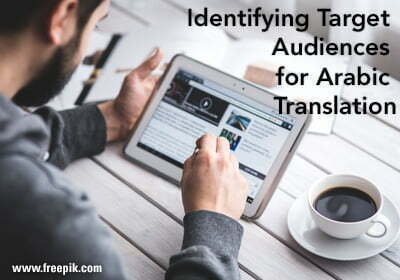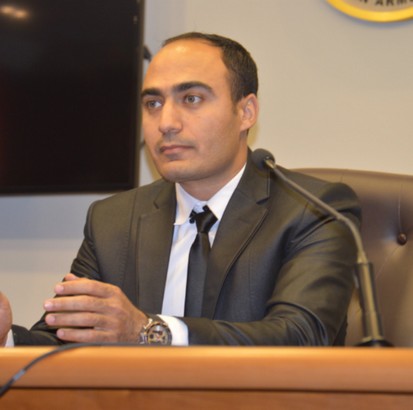Identifying Target Audiences for Arabic Translation
Arabic is the seventh most important language online, with 166 million speakers accessing the internet. Modern Standard Arabic (MSA) is the language used in all written work, such as printed material and customer and corporate communications across Arabic-speaking regions. It is taught in schools and is generally understood by most Arabic speakers, regardless of their home dialect. Yet, Arabic is a rich language in term of dialects, accents and styles. The spoken form varies across the 27 countries where the language is widely spoken. It is important to identify your targeted audiences for Arabic translation so you know which dialect to localize your content for.
Identifying Target Audiences for Arabic Translation
Swedish Arabic language teacher Anders B. Uhlin of MyEasyarabic lists the following Arabic dialects and their geographies:

- North African Arabic: Morocco, Algeria, Tunisia and Libya
- Hassaniya Arabic: Mauritania
- Egyptian Arabic: Egypt
- Levantine Arabic: Lebanon, Syria, Jordan and Palestine
- Iraqi Arabic: Iraq
- Gulf Arabic: Kuwait, Bahrain, Qatar, the UAE and Oman
- Hejazi Arabic: Western Saudi Arabia
- Najdi Arabic: Central Saudi Arabia
- Yemeni Arabic: Yemen & Southwestern Saudi Arabia
In Rethinking Arabic for Global Brands, Benjamin B. Sargent, Senior Analyst at Commonsense Advisory Research, writes that the languages used in conversation, social networks, messaging and content marketing reflect influences from both colonial and local languages and are culture-specific.
He suggests brands who want to access these markets adopt a different regional strategy if they want to truly speak to potential customers in their own Arabic dialect.
Tips for entering a localized Arabic market
- Start with a national language from your biggest Arabic speaking market.
- MSA works well for business-to-business brands and customer and corporate communications.
- Luxury and other B2B brands focused on the lucrative markets in the Gulf States should use the Saudi variants.
- Brands with an entertainment, modern, techy or media-savvy focus can use Egyptian Arabic, but this variant won’t work well in countries ‘shielded from popular culture’.
- Big brands should develop localization efforts by adopting a conservative language tone in the Persian Gulf region, and a more open tone in the Mediterranean Arabic-speaking regions.
- Not all content needs to be localized. For instance, product-supporting material such as instruction manuals can be in MSA, while advertisements and marketing material can be in the local dialect.

(Source: Benjamin B Sargent for Multilingual.com)
To complicate localization even more, regional dialects don’t always have an explicit written set of grammar rules, says Omar F Zaidan and Chris Callison-Burch, authors of Arabic Dialect Identification published in MIT Press Journals and an excellent resource for those who want to delve deeper into Arabic dialects.
When starting to localize content for a specific Arabic dialect, translators who are native speakers and have in-country experience is the only way to ensure your message resonates with the new target audience.
For further information on Arabic translation, please see: What are the differences between Arabic languages?
